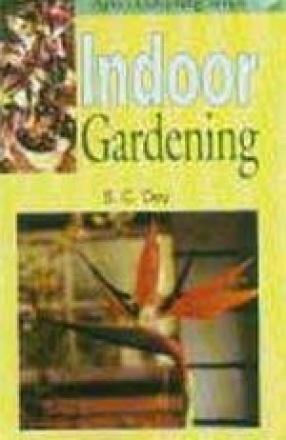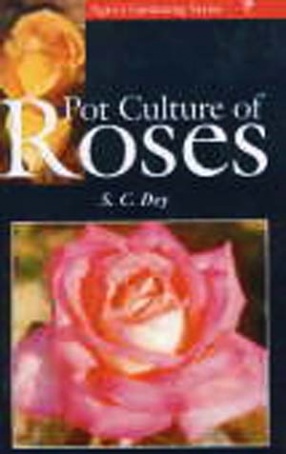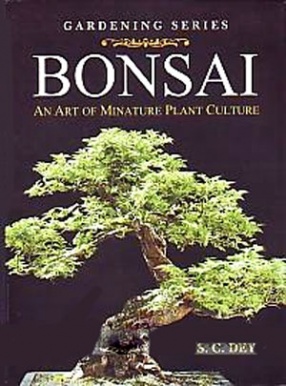The shade-loving plants, which can be grown indoors are called Indoor Plants or House Plants. They are grouped into three heads – those which bear ornamental flowers, those of ornamental leaves and others having both these qualities. It is wrong to have an idea that the flowering indoor plants are few. Because numerous species and cultivars of cactus and orchid bear enchanting flowers in profusion. They are treated as indoor plants. According to the old idea only the plants of ornamental leaves mostly decorative with colours were considered to be indoor plants. Practically the spheres of indoor plants are extensive. But the foreign authors in their works have hardly included other plants such as orchids, succulents which are grown indoors. The Indian authors mostly follow their foreign counterparts. It is very interesting to note that an over enthusiastic author includes the rose and excludes bonsai in his work entitled Indoor Gardening. This is however, an attempt to bring out a comprehensive work on indoor pants, which includes much more than shade-loving plants of ornamental foliage. On this ground the work claims to be unique. A pertinent question is why bonsai are not regarded as indoor plants or house plants? A celebrated work on bonsai translated from German to English is entitled Indoor Bonsai. One may argue that the tropical species grown in cold climates need hot houses. Hence the significance of the name Indoor Bonsai. But the author Paul Lesnicwicz deals with both temperate and tropical species in his book Indoor Bonsai. So what is the significance of the epithet Indoor? It is quite significant as bonsai in general are grown in the conservatory; in other words not in the full sun. Partial shade or diffused sun is useful to bonsai as well as house plants. Tropical, sub-tropical or temperate wherever a bonsai is grown it needs light shade or partially an indoor condition. This justifies its inclusion into the group of indoor plants.
Pot Culture of Roses
$22.50
$25.00








There are no reviews yet.